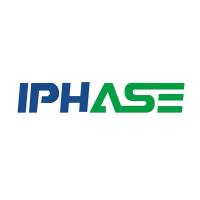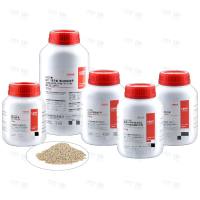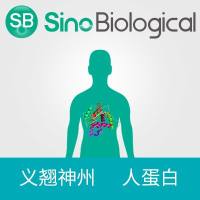Animal Models for STEC-Mediated Disease
互联网
|
Animal type |
Animal strain |
Treatment(s) |
Route of inoculation |
Outcome or symptoms |
|---|---|---|---|---|
|
Mouse |
CD-I, DBA/2J |
str/most O157 strains |
Oral feeding |
Colonization |
|
CD-I |
str/some Stx2 producers, Stx2d producers |
Oral feeding |
Renal damage, death |
|
|
ICR |
str/mitomycin C/STEC strain E32511/HSC |
Intragastric feeding |
Encephalopathy |
|
|
CD-I |
str/ciprofloxacin/STEC strain 1:361R |
Intragastric feeding |
Death |
|
|
C3H/HeN |
STEC strain 86-24 |
Intragastric feeding |
Loose stool, mesangial matrix expansion |
|
|
C57BL/6 |
Low-protein diet/STEC strain N-9 |
Intragastric feeding |
Neurologic and systemic manifestations, cerebral hemorrhages, death |
|
|
Rabbit |
New Zealand white |
STEC strain UC741 |
Intragastric feeding |
Diarrhea, death |
|
New Zealand white |
RDEC-H19A |
Intragastric feeding |
Diarrhea, colonic subserosal hemorrhages and submucosal edema and vascular changes |
|
|
New Zealand white, infant |
Stxl |
Intragastric |
Diarrhea, mucosal damage in the colon, some death |
|
|
New Zealand white |
Stxl |
Injection into marginal ear vein |
Some diarrhea, CNS symptoms, cecal mucosal edema and submucosal vascular changes in some animals |
|
|
Japanese white rabbits |
Stx2 |
Injection into marginal ear vein |
Hemorrhagic diarrhea, flaccid paresis, convulsions |
|
|
Not stated in chapter |
Stx2 |
Continuous pump in peritoneum |
Diarrhea and intestinal lesions similar to HC |
|
|
Chicken |
0157 STEC strains |
Intragastric feeding |
Colonization, A/E lesions |
|
|
Dog |
Greyhound |
Stxl or Stx2 |
Injection |
Thrombocytopenia, anemia, HC |
|
Baboon |
Papio c. cynocephalus or Papio c. anubis or |
Stxl |
Injection into cephalic vein |
Damage to gastrointestinal mucusa, renal failure, thrombocytopenia, other HUS signs |








